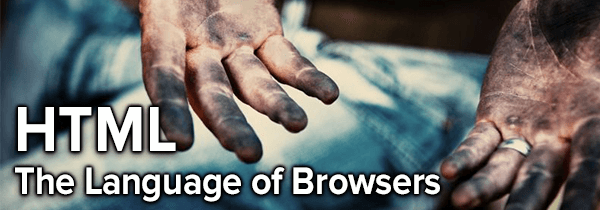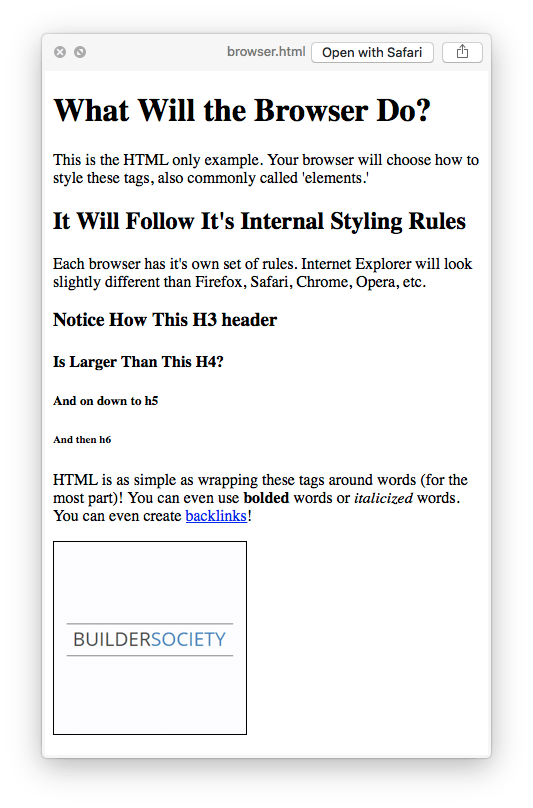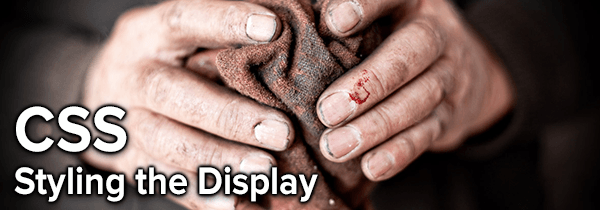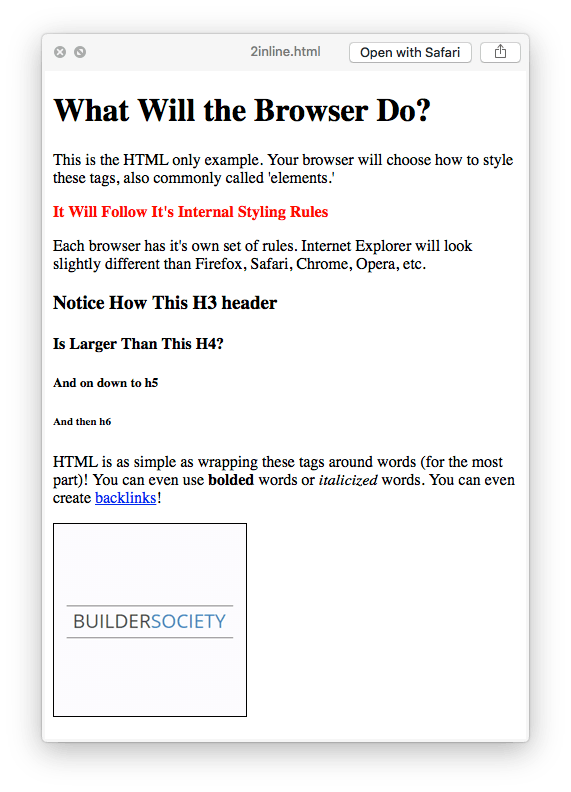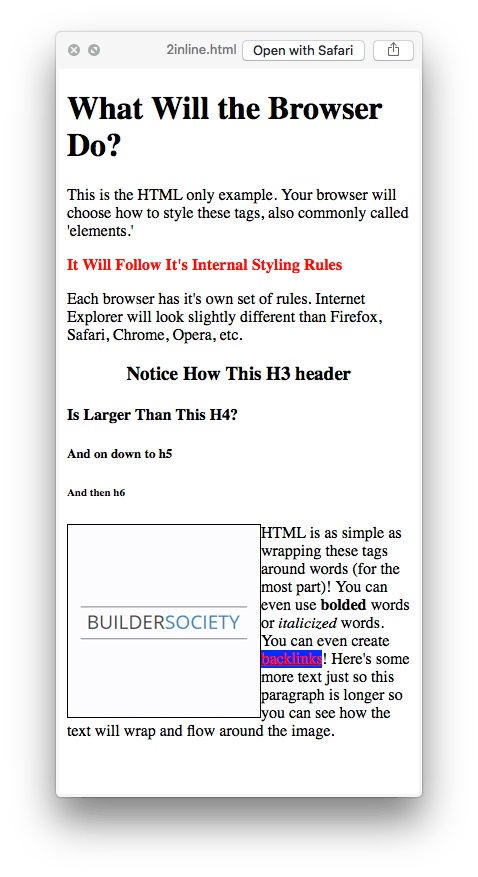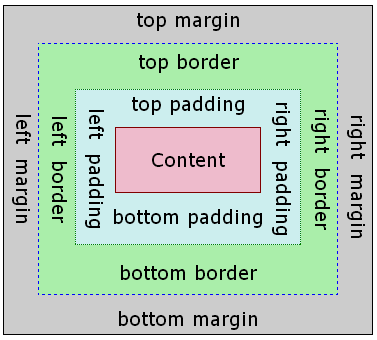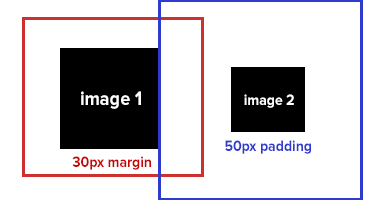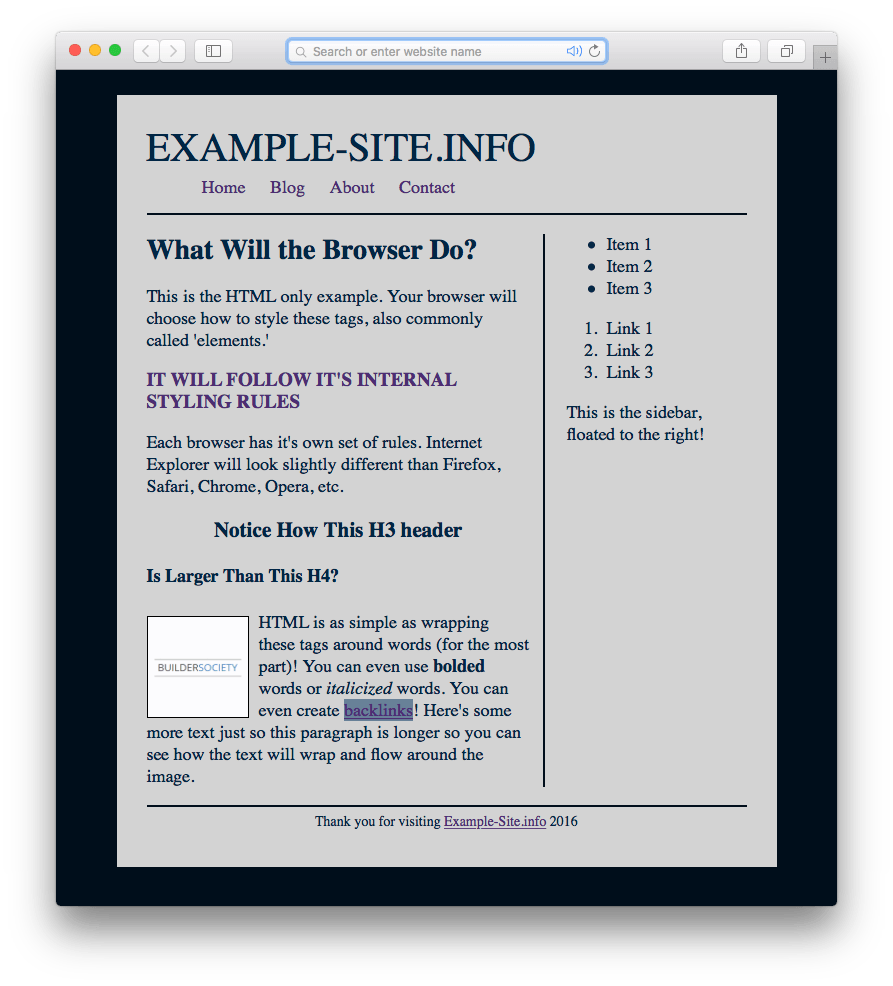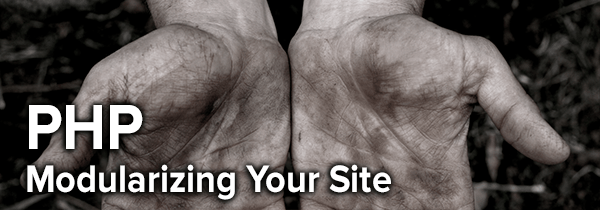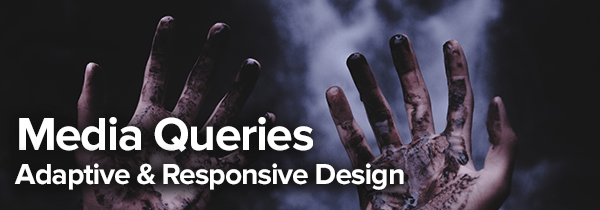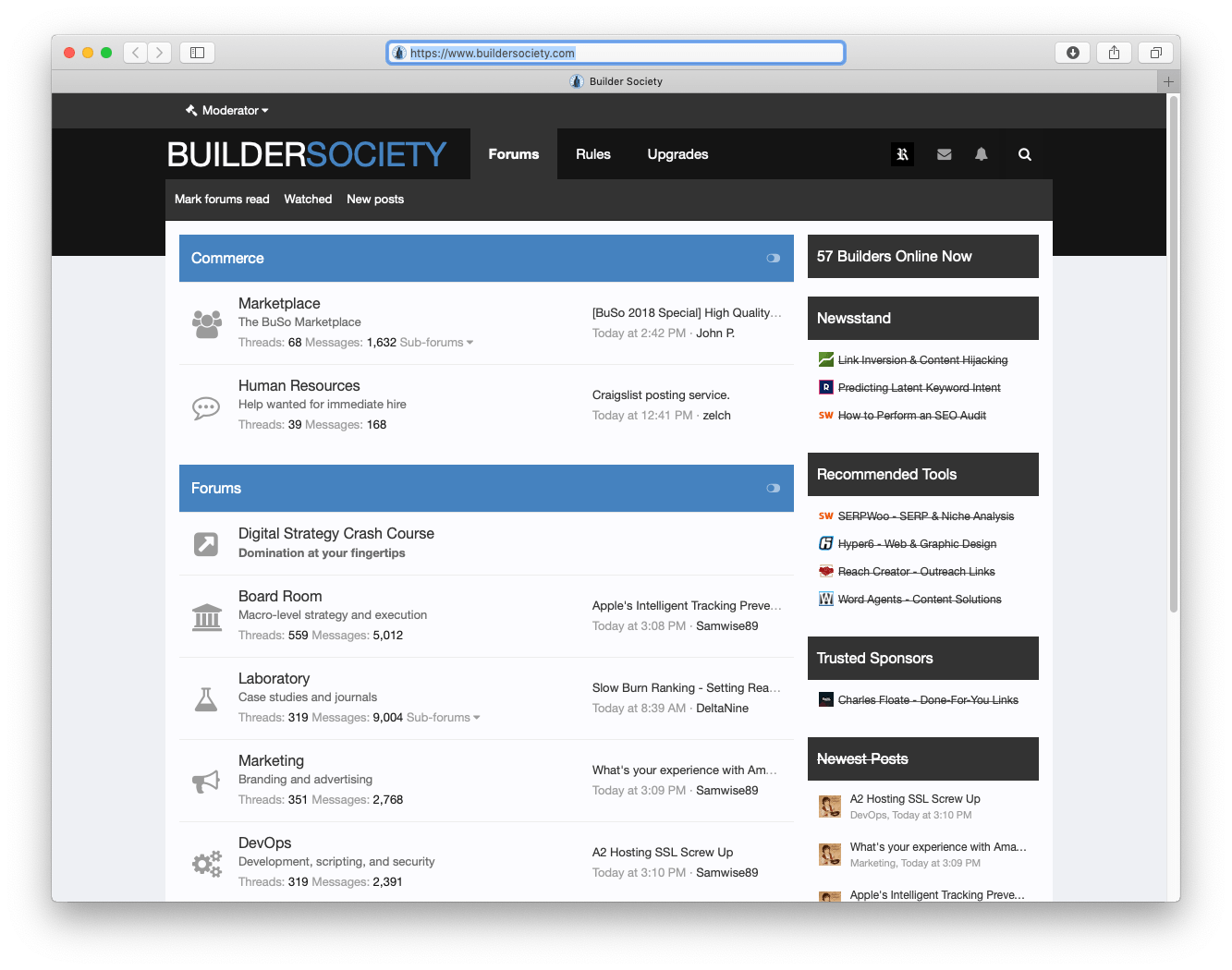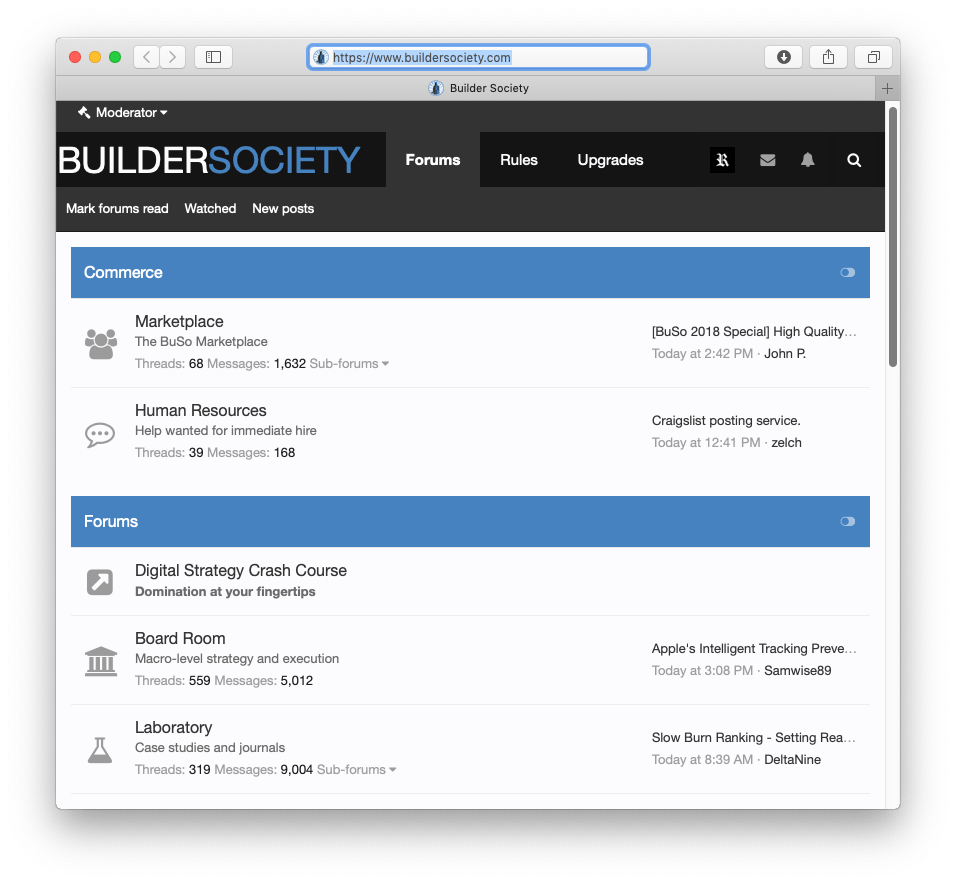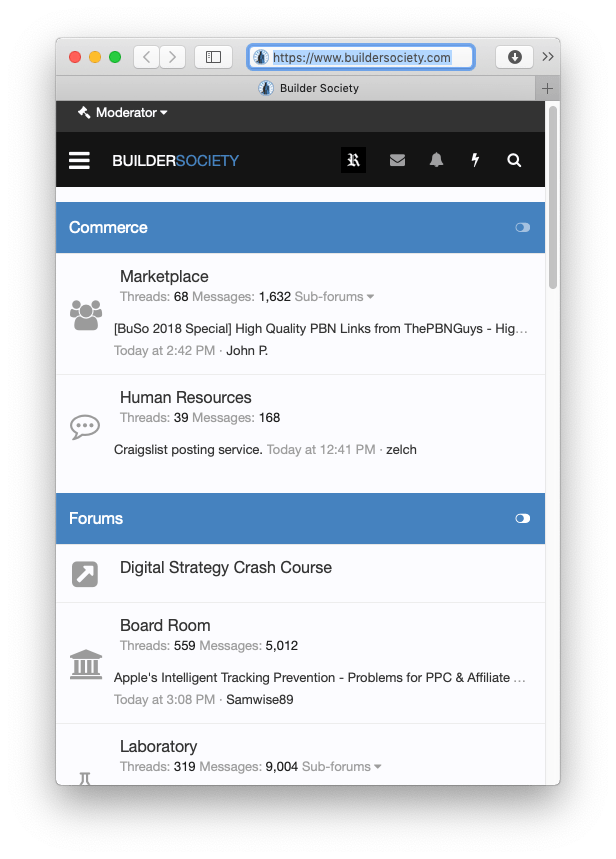- Joined
- Sep 3, 2014
- Messages
- 6,317
- Likes
- 13,295
- Degree
- 9

HTML / CSS - the bane of many internet professionals' existence.
I know a few folks making six figures and even seven figures who don’t know a lick of HTML or CSS (I know a lot more wealthy people who have educated themselves on these topics though).
It’s been handed to us all neatly packaged from day one. Old sites like Geocities provided WYSIWYG editors. Wordpress provides themes, widgets, and customizers now. Theme developers include a thousand convoluted options. Now you’re 5 years deep into the game and simply don’t have the time to learn because you’re too busy doing.
And all of this keeps you stuck.
“But Ryuzaki, does a race car driver need to know how to build an engine in order to drive his car?” No, but that’s not even a decent analogy. That’s an excuse.
Think of a skill like HTML & CSS as a multiplier on your earnings. When you don’t know the absolute bare basics of your craft, you can still make cash. You can pay someone else to take care of it or use the design options mentioned above. But the trade off is time, cash, and opportunity cost, especially at the beginning of your journey when you’re outsourcing things because you can’t afford to assemble a full on team.
I can't imagine being one of these guys that wants to change one little thing on their themes and have to hire a developer at developer costs per hour to do something that's basically ABC 123 for them.
What ends up happening in these cases of earning but not knowing the basics is that you scale in growth because that's all you can do to keep your earnings climbing. But a lot of money is left on the table due to the headache of hiring someone else every time you want to make the smallest change on your site. You decide to not split test at all and build another offer or another site. You end up leaving money on the table.
We don't need to discuss the thousand reasons why you should learn HTML & CSS any more than discuss the merits of exercise and a proper diet. It's obvious to all of us and just a matter of doing it.
The Goal
What I'm going to do here is summarize all of the basic information regarding HTML and CSS is quickly as possible to get you up to speed.
The ultimate goal here is not mastery. I don't want you to walk away from this knowing how to write all of this code from memory. The goal is for you to be able to look at the pre-built code of your websites and understand what you're reading and be able to make alterations with a quick Google search or two.
It's like the butterfly effect. It's like throwing a pebble into a pond at the start of your journey. The sooner you can toss in this pebble, the more those small waves can propagate and combine with other waves to create tsunamis. Don't settle for flooding your competitor's cities when you can topple over buildings and destroy infrastructure to the point people stop even trying to compete with you. It all starts with the basics.
After we wrap up this starter's tutorial, feel free to ask any question related to HTML & CSS (beginner, intermediate, or advanced) and myself and others will be more than happy to keep sharing and learning from each other.
Let's get started with the easy, essential HTML tags you need to know.

